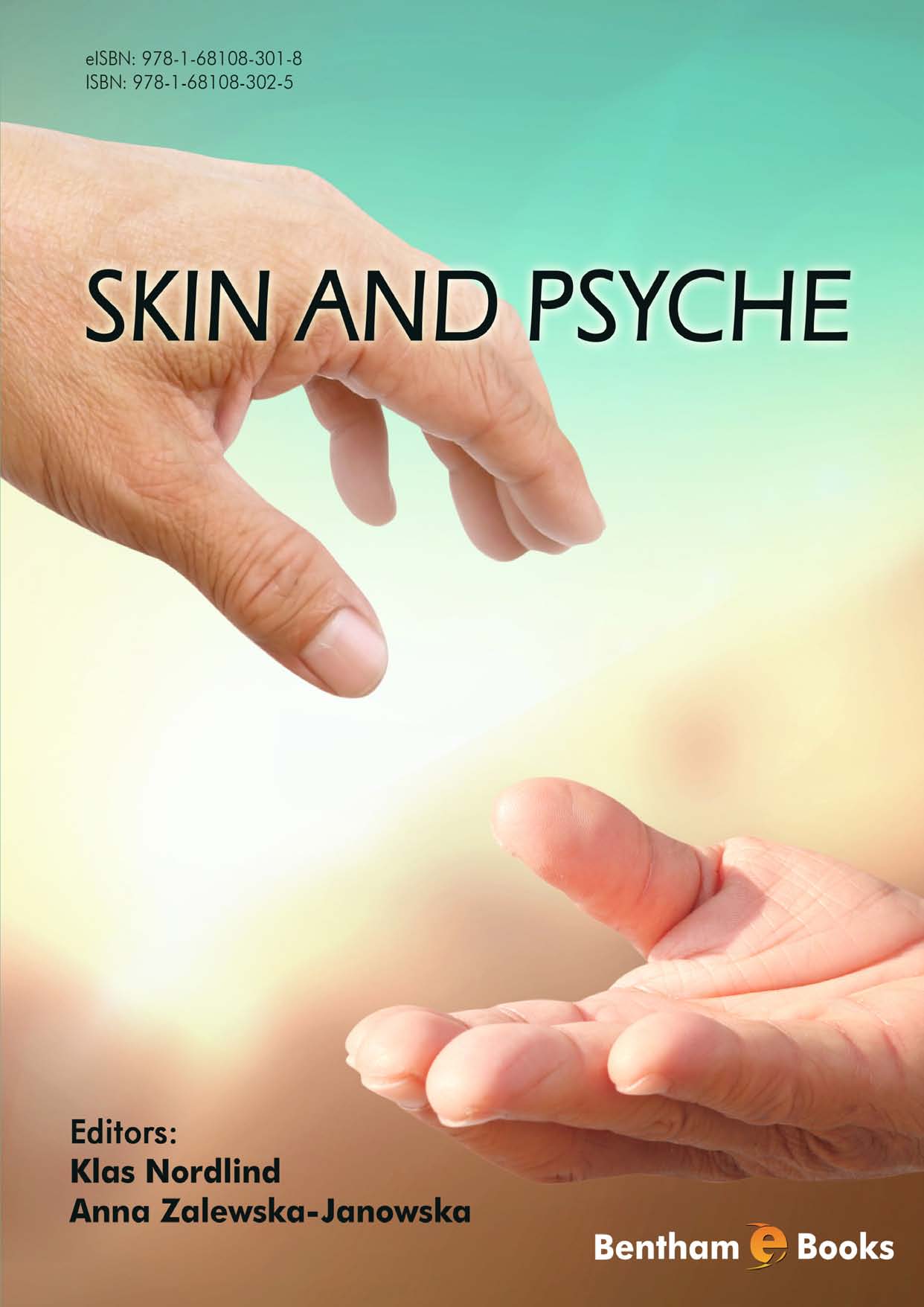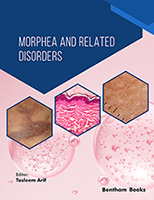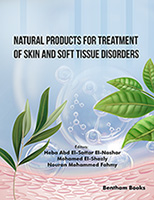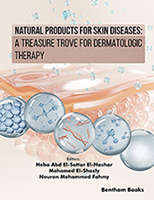Introduction
Practicing dermatologists are likely to encounter several patients who have psychological difficulties in dealing with various skin conditions. While there are several factors that might be responsible for these difficulties (such as physical and mental stress), it is becoming increasingly clear nowadays that skin disease patients experiencing such issues need to be managed with a multidisciplinary approach to improve treatment outcomes.
Skin and Psyche
delves into the realm of psychodermatology – the cusp of dermatology, psychology and psychiatry. The book enhances the reader´s knowledge about relevant topics such as the biology of the skin, the impact of stress on skin inflammation, acne vulgaris, skin diseases secondary to delusions and other psychiatric diseases, psoriasis and much more. Different forms of non-pharmacological treatments of these diseases are also mentioned. The book also contains a concise guide to building a psychodermatology clinic.
Skin and Psyche
is a vital reference for dermatologists, hospital managers and psychiatrists looking for tips to improve their ability to interact with individuals while assisting them to cope with dermatological diseases and conditions.





